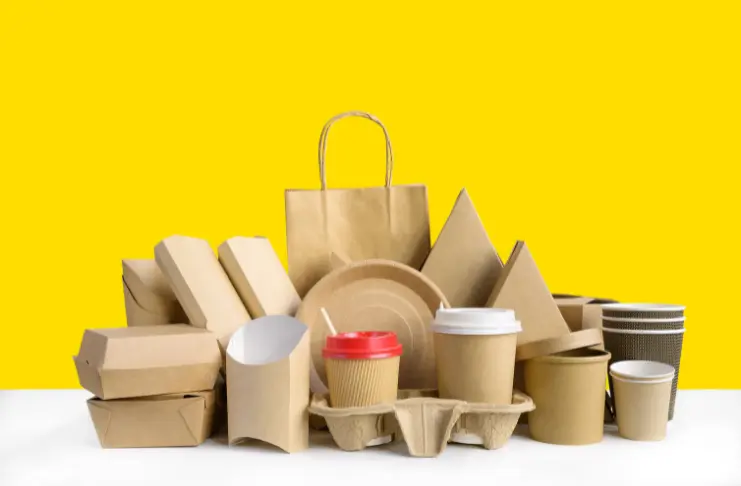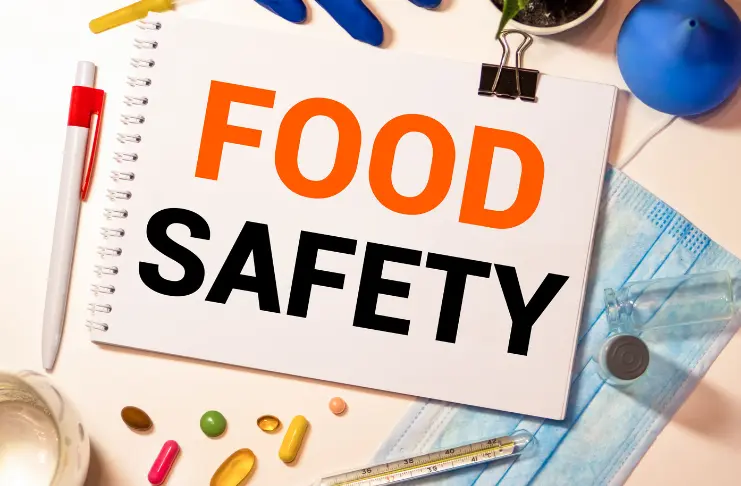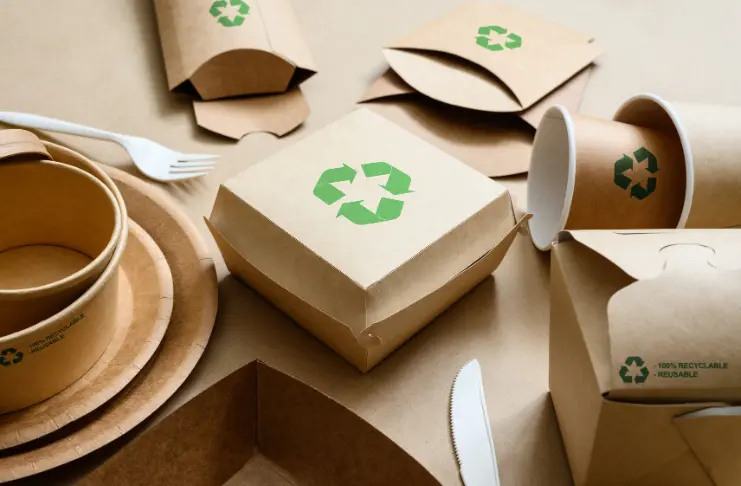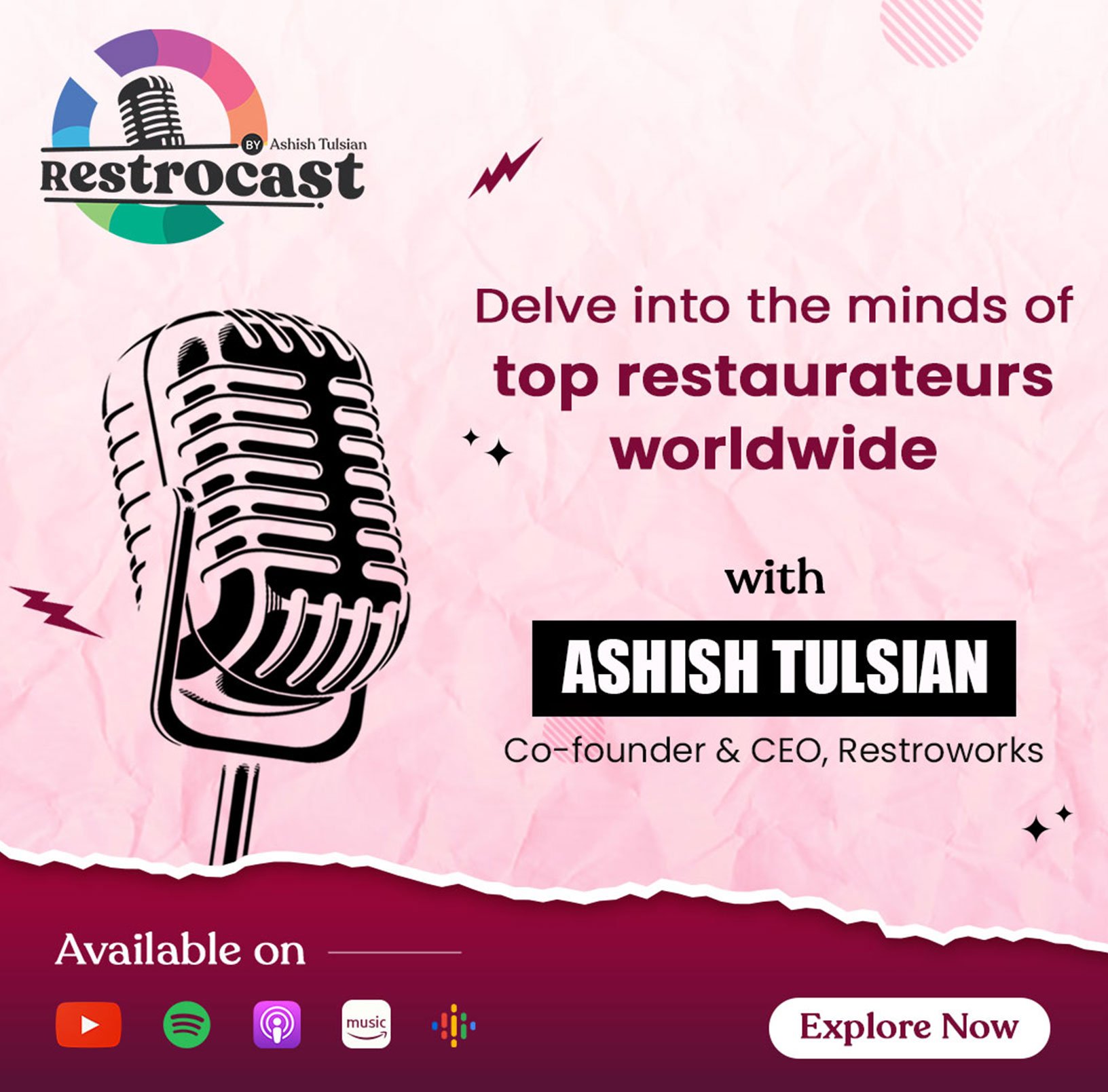
The online food delivery industry is experiencing explosive growth, pushing restaurants to adapt quickly by enhancing their delivery systems and fine-tuning their online menus. One of the most innovative responses to this trend is the rise of ghost kitchens—also known as cloud kitchens, virtual restaurants, dark kitchens, or delivery-only restaurants. These kitchens operate without a physical dine-in space and rely solely on delivery orders to serve customers online ordered food.
As consumer demand for convenience grows, food service operators are focused on timely deliveries and prioritizing high-quality packaging solutions. By ensuring that food arrives fresh, intact, and well-presented, delivery-only restaurants are redefining the customer experience and setting new standards in the food delivery space.
Why Smart Packaging Matters In The Food Delivery Business
Successful food delivery is the core offering of ghost kitchens, also known as delivery-only or cloud kitchens. At the heart of this experience lies an often overlooked but critical factor: food packaging.
In today’s competitive food delivery landscape, packaging is more than just a container—it’s a strategic asset. It protects food from leaks, temperature loss, and contamination, helping ensure a consistent and high-quality customer experience. Well-designed packaging also minimizes food waste and reinforces your brand messaging with every order.
Modern restaurant formats, including quick service restaurants (QSRs) and delivery-only models, are raising the bar for packaging standards to stand out in a crowded market. Cloud kitchen operators, in particular, are paying close attention to packaging choices—from sustainable materials to portion-friendly containers.
Additionally, food delivery packaging has become a key marketing tool. Many brands are now investing in professional packaging solutions and applying design thinking to enhance customer convenience and appeal. By integrating thoughtful design, restaurants can elevate unboxing moments, build stronger brand loyalty, and create memorable experiences—all within their budget.
Tips For Choosing The Right Food Delivery Packaging
Choosing the right packaging is crucial for ensuring food quality, elevating your brand recognition, and standing out in the competitive food delivery market. Here are five tips to help delivery-only restaurants, ghost kitchens, and QSRs make the best packaging choices:
1. Prioritize Food Safety And Freshness

Your packaging material should keep food safe, fresh, and at the right temperature until it reaches the customer. Look for materials that offer insulation for hot and cold items and prevent contamination or leaks during transit. Airtight containers and tamper-proof seals are essential for building customer trust in your food delivery service.
2. Choose Eco-Friendly And Sustainable Materials

With growing consumer awareness around environmental issues, sustainable food packaging can give your restaurant a competitive edge. Opt for biodegradable, compostable, or recyclable packaging materials that reflect your brand’s commitment to the planet. Not only does it appeal to eco-conscious customers, but it also helps reduce your carbon footprint.
The eco-friendly food packaging market is on a rapid rise and shows no signs of slowing down. It’s projected to reach $364.28 billion by 2028, growing at a robust compound annual growth rate (CAGR) of 9.5%—a clear signal that sustainability is becoming a top priority in the food and restaurant industry.
Industry Insight
According to a recent analysis by Precedence Research, the growing awareness of environmental sustainability is influencing packaging choices in the food industry. The report highlights:
“The main target of the eco-friendly food packaging market is to use optimum use of renewable and readily available components in nature, which in turn helps in mitigating the harmful impact after its purpose is served so that it can either be recycled into a new material or product or can be easily biodegradable in the nature…As consumers are also aware of the threats of plastic usage and its global impact, therefore inclining towards innovative packaging products that are eco-friendly as well, these innovations become a norm in the packaging industry and gain traction of thousands of new consumers, which will further fuel the eco-friendly food packaging market growth on a global level”.
3. Ensure Packaging Matches Food Type And Portion Size
Different foods require different packaging—soups need leak-proof containers, fries need ventilation to stay crisp, and salads benefit from separate dressing compartments. Matching packaging material to the menu ensures optimal storage space, food quality and presentation. It also prevents portion distortion and reduces waste, improving customer satisfaction.
4. Incorporate Branding And Aesthetics
Branded takeaway packaging is a great way to enhance your restaurant’s visibility and create a memorable unboxing experience. Use your brand logo, colors, taglines, or even QR codes that link to offers or feedback forms. Visually appealing packaging increases brand recall and can turn a regular delivery into a shareable moment on social media.
5. Focus On Functionality And Ease Of Use
Practical packaging matters just as much as appearance. Choose easy packaging to open, carry, stack, and dispose of while also being durable enough to withstand delivery conditions. Functional design improves the customer experience, reduces delivery mishaps, and minimizes the chance of negative reviews.
Conclusion
Packaging is more than just a container in the competitive world of delivery-only restaurants—it’s a tool to preserve food quality and a powerful marketing asset. The right packaging ensures your dishes arrive fresh and intact while reinforcing your brand identity with every order. Smart cloud kitchen packaging plays a key role in minimizing waste, enabling real-time tracking, and streamlining supply chain and inventory control—all while helping maintain food freshness throughout the delivery journey.
Frequently Asked Questions
Ghost kitchens and cloud kitchens are often used interchangeably. Still, some define cloud kitchens as larger facilities hosting multiple virtual brands, while ghost kitchens may refer to single-brand delivery-only setups.
Paper-based containers, foil wraps, and bulk biodegradable options are among the cheapest food packaging methods. They offer affordability less storage space while maintaining basic food safety and presentation.
A cloud kitchen is a delivery-only food business that operates without a physical store or dine-in space, focusing solely on fulfilling online orders through delivery platforms or direct apps.
Rebel Foods is currently the world’s largest cloud kitchen operator, operating multiple virtual food brands and hundreds of kitchens in various countries.
A delivery-only kitchen is a restaurant that prepares food exclusively for the online food delivery orders, with no dine-in option and operates primarily through online food delivery platforms.
Ghost kitchens face challenges like high competition, reliance on third-party delivery apps with steep commissions, limited customer loyalty, and lack of direct customer interaction.
A delivery restaurant prepares food for off-site consumption, offering meals through delivery services. Depending on the business model of delivery guys, it may or may not have a dine-in option.
Ghost kitchens became popular due to the rise in online food delivery. They offer a low-cost way to start or scale a restaurant without investing in dine-in infrastructure.
The best packaging for hot food is leak-proof, insulated, eco-friendly, and microwave-safe. It protects food during transit and enhances the customer’s delivery experience.
Yes, cloud kitchens can be an innovative business model with low overhead and high delivery potential, but they require strong branding, operational efficiency, and digital marketing to succeed.
The main types are plastic, glass, metal (like cans), and paper/cardboard, each chosen based on food safety, preservation, and transport needs of food items.








